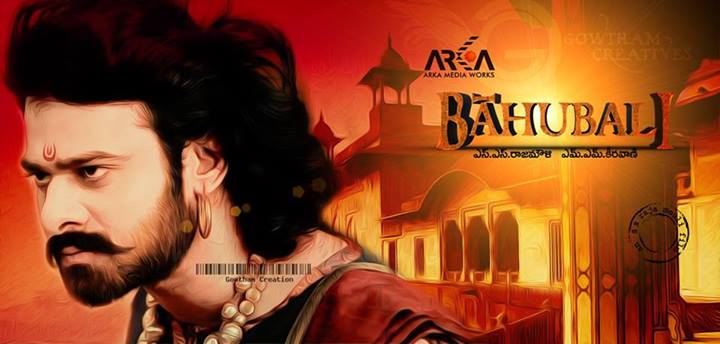
Indian filmmakers need to take a leaf out of the books of renowned director SS Rajamouli and the VFX master Srinivas Mohan on how one can merge the boundaries of photo-realism and magical true cinematography.
The two maestros have worked alongside on major block-busters in the past and are currently working round the clock to complete the post-production on the magnum opus ‘Baahubali’, which is a historical action/adventure, set in medieval India. The project is slated for a two-part release, with the first film due on 4,000 screens around the world, including 200 in the US, in late July.
‘Baahubali’ at a mighty budget of $40 million also becomes the most expensive feature film produced in India, outshining its predecessor ‘Enthiran’ (2010) which was reportedly made at a budget of $34 million. These figures might dwarf in terms of Hollywood studio standards, but in India it can rival some of the best production values in the business.
Visual effects supervisor Srinivas Mohan is no stranger to big-budget spectaculars, having been in charge of Enthiran as well as other high-profile flicks like Shankar’s I in the recent past. He is confident that VFX in Indian movies can achieve 80 per cent of an Avatar-like shot for one-quarter the cost. With this feature Mohan and his team are striving to achieve the remaining elusive 20 per cent to reach global standards.
Mohan’s current task has been to realise Rajamouli’s vision – one that has included a more than three-mile-high waterfall and epic battles with armies of hundreds of thousands, along with horses, elephants, chariots and giant catapults. Mohan, along with Rajamouli and production designer Sabu Cyril, began pre-production in 2012; principal photography began in 2013 and continued until the end of 2014 at Ramoji and locations across India and Bulgaria.
Almost 90 per cent of the historical drama requires major VFX work, with the live-action shooting augmented and expanded in post. Some 600 VFX artists are executing the effects at 18 facilities around the world, led by Makuta and Firefly in Hyderabad, Prasad EFX in Hyderabad and Chennai, Tau Films in the US and Malaysia and Dancing Digital Animation and Macrograph in South Korea.
‘Baahubali’ will be released in Telugu, Tamil, Hindi and Malayalam languages. The second part is due in spring 2016. The makers are planning to distribute the film in Asian markets like Japan, China and South Korea, and also parts of Europe.
